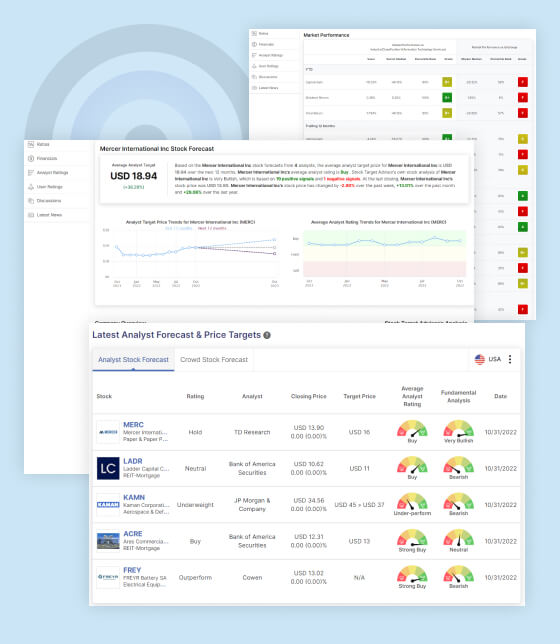Rivian Automotive (RIVN: NSD) has seen its stock price plummet from its pandemic highs. While the company boasts a revolutionary electric truck design and a major backer in Amazon, significant cash outflows raise concerns about its long-term viability.
Delving Into Rivian’s Current Situation:
Rivian’s heavy R&D spending along with costs associated with production ramp-up have raised Investors’ eyebrows, who may be questioning future profitability and potential. Among this uncertainty, the role of Amazon as a major backer offers some relief, but the company still faces a daunting challenge of justifying its stock’s stretched valuation in comparison to competitors.
Stock Target Advisor’s Analysis on Rivian:
Stock Target Advisor has rated Rivian as a Hold, with a target price of $13.89, with potential for price growth over the upcoming 12 months projected at 26.15%. On average, other analysts’ target price for Rivian is slightly higher at $15.58, with a general consensus being a Buy rating.
The market’s coverage of Rivian encompasses 18 analysts who, on average, rank the stock with a Buy rating and a target price of $15.58. Their ratings range from a minimum price target of $8 to a maximum of $25.
For the broader Auto Manufacturers sector, the average analyst rating leans towards Buy, while Stock Target Advisor maintains a Bearish stance. Over the past month, the sector experienced an average return of -13.49% and -1.43% in the past week.
Conclusion:
While Rivian presents potential via its cutting-edge EV designs and support from high-profile backers, these factors sit alongside a troubling financial performance and persistent cash burn issues, which together generate concerns for its long-term survival and stock valuation.
Muzzammil is a content writer at Stock Target Advisor. He has been writing stock news and analysis at Stock Target Advisor since 2023 and has worked in the financial domain in various roles since 2020. He has previously worked on an equity research firm that analyzed companies listed on the stock markets in the U.S. and Canada and performed fundamental and qualitative analyses of management strength, business strategy, and product/services forecast as indicated by major brokers covering the stock.

































